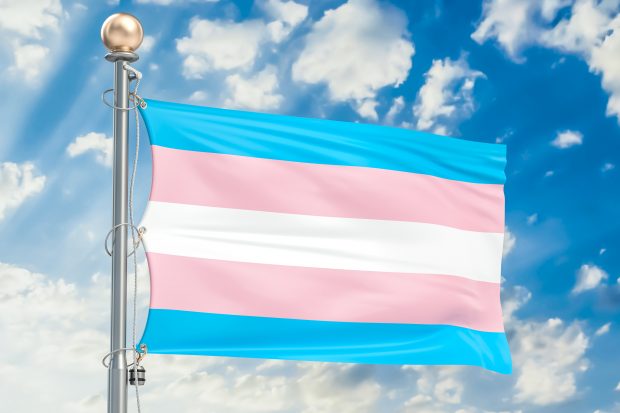
"Such faculty members need not be in a majority. They are often personally attractive and magnetic; they are stimulating teachers and their controversy attracts student following; they are prolific writers and lecturers: they author many of the textbooks; and they exert enormous influence - far out of proportion to their numbers - on their colleagues and in the academic world."
"Then the boogeyman became Critical Race Theory and DEI. Critical Race Theory does have a description and definition that exists in the legal academy. But that isn't the boogeyman. Instead, as Texas Lt. Gov. Dan Patrick proclaims, "Last session, we banned CRT in kindergarten through 12th grade because no child should be taught that they are inferior to others due to their race, sex, or ethnicity. In 2023, this should be common sense but the radical left's drive to divide our society is relentless.""
Political actors and institutions consolidate power by scapegoating small groups and portraying them as disproportionately influential. Historical examples include 1950s anti-communist fears that professors would groom students for revolution. Legal and political rhetoric can depict minority faculty as charismatic, prolific, and unduly shaping academic thought. The modern iteration labels teaching of uncomfortable history as Critical Race Theory or DEI, expanding the label beyond its legal definition. Political leaders publicly justify bans and restrictions by claiming protection of children and social unity. Such tactics reframe factual historical instruction as ideological indoctrination to mobilize public fear and support.
Read at Above the Law
Unable to calculate read time
Collection
[
|
...
]